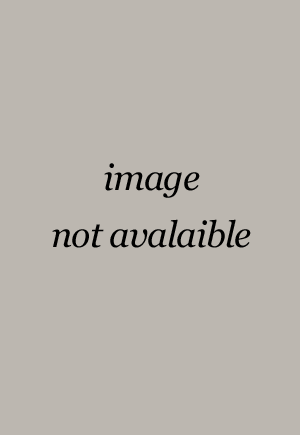(To see other currencies, click on price)
MORE ABOUT THIS BOOK
Main description:
This book addresses the importance of the physicians' understanding on how varying ethnic and cultural identities can affect dermatological disease presentation in patients. It bridges the gap in knowledge for practicing dermatologists, especially those not studying or practicing in a highly multi-ethnic center who may not be exposed to patients from a variety of cultures.
Concise and cohesive, the book examines how dermatoses can manifest due to cosmetic practices, therapeutics, religious practices, cultural hair-related practices, and environmental variables. These elements underscore that without exposure to patients of varying backgrounds, it can be nearly impossible to learn about practices that may influence a patient's health. There are many examples of cultural practices causing dermatologic lesions, and it is becoming increasingly more likely that practicing dermatologists will encounter patients with these findings as migration, tourism, and public interest continue to rise.
Socially conscientious and relevant, Cultural Practices and Dermatoses covers everything from more common cultural practices, such as acupuncture and threading, to lesser known ones, like pew blisters and turban ear, as there is limited medical literature describing their cutaneous effects and complications.
Contents:
Section 1. Therapeutic Practices A. Traditional Chinese Medicine that lead to Dermatoses B. Ayurvedic Medicine and Dermatology C. Aromatherapy and Essential Oils D. Acupuncture E. Cupping F. Moxibustion G. Coining and Spooning H. Toothpaste-induced DermatitisSection 2. Cosmetic Practices and Dermatoses A. Threading Dermatoses B. Hair Oil Dermatoses C. Hair Relaxer Dermatoses D. Sari Drawstring Dermatitis E. Decorative Nose Piercing Dermatoses F. Skin Lightening Dermatoses G. Henna DermatosesSection 3. Religious Practices that can lead to Dermatoses A. Kumkum and Bindi Dermatitis B. Alta Dermatitis C. Colored String Dermatitis D. Holi Dermatoses E. Prayer Marks F. Vitiligo from Headscarf Use G. Traction Alopecia from Turban Use H. Turban Ear I. Davener's Dermatosis J. Phylactery Dermatitis K. Pew Blisters L. Holy Week HypertrichosisSection 4. Environmental Practices A. Mudichood B. Kangri Cancer
PRODUCT DETAILS
Publisher: Springer (Springer Nature Switzerland AG)
Publication date: April, 2022
Pages: 137
Weight: 173g
Availability: Available
Subcategories: Dermatology

